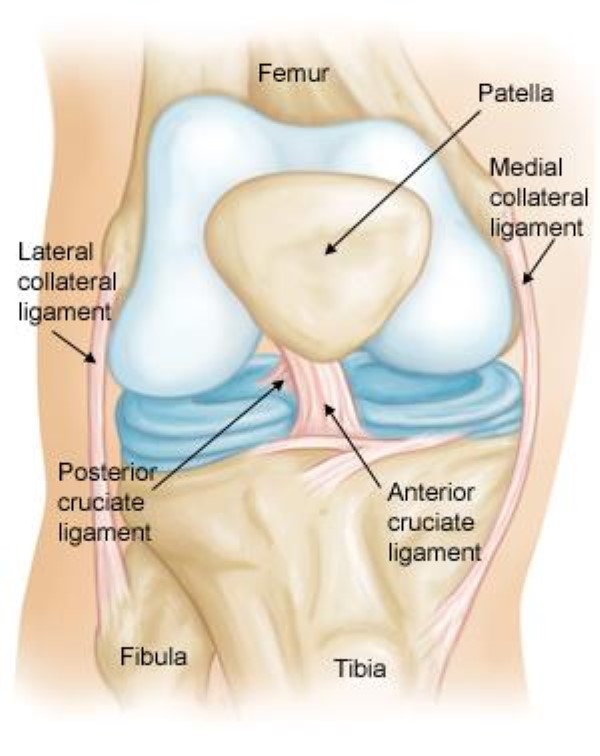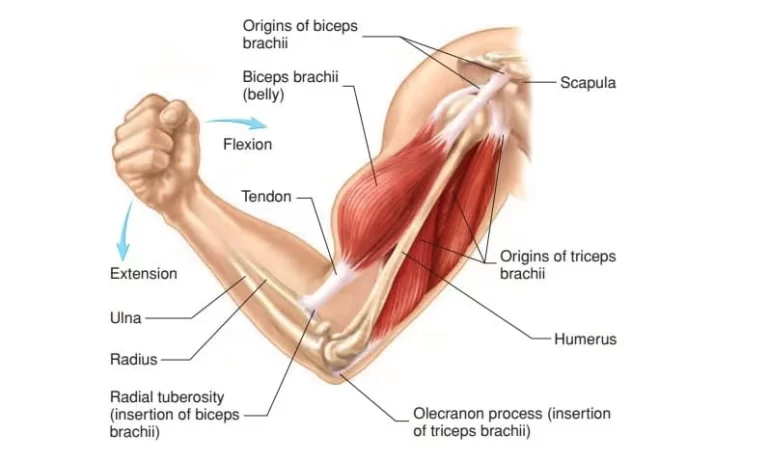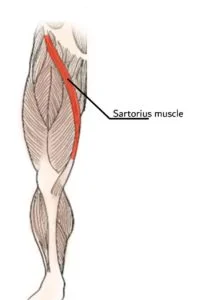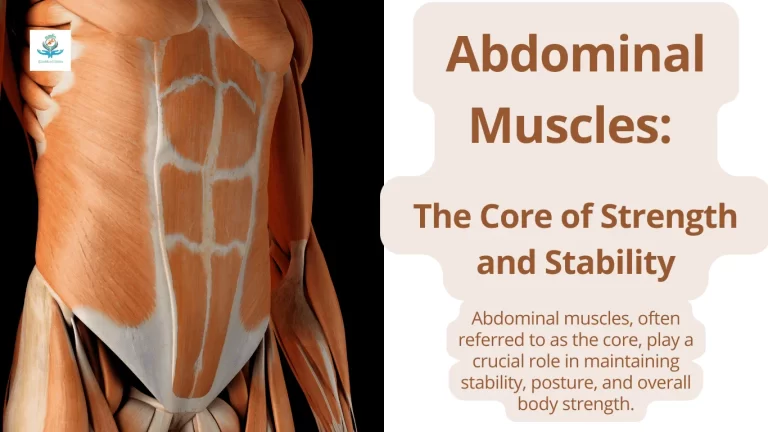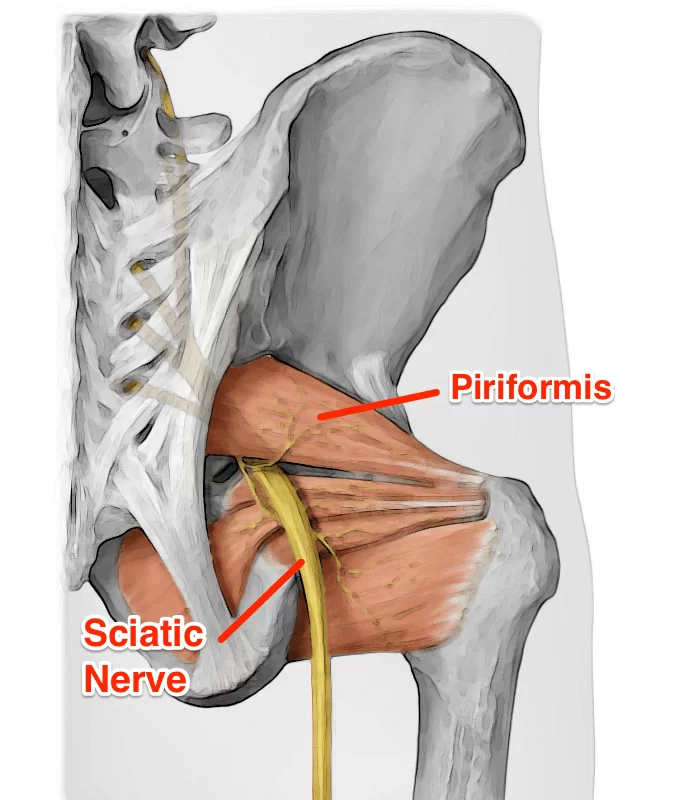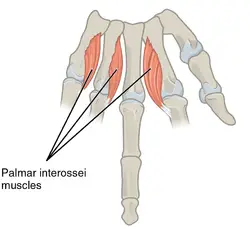Where is an Anterior Cruciate Ligament is located?
Where is your Anterior Cruciate Ligament is actually located in your body?
- Your Anterior cruciate ligament is located in the center of your knee.
- The Ligament controls rotational movement as well as forward movement of the tibia or shin bone.
- It has 2 bands: AMB and PLB
- Anteromedial band(AMB) and Posterolateral band(PLB).
- The anteromedial band becomes taught during flexion of your knee joint and it prevents anterior translation.
- The posterolateral band becomes taught during the extension of your knee joint.
- It attaches to the medial aspect of the lateral condyle.
- and then it travels anteriorly to the tibia and attaches to the tibial intercondylar eminence.
An overview:
- The word Cruciate means “cross”.
- In the knee complex, the one ligament which crosses anteriorly to the knee joint is called an Anterior Cruciate Ligament.
- Three-dimensional and fan-shaped ligament.
- Multiple non-parallel interlacing collagen fascicles are present.
- An Anterior Cruciate Ligament is made up of multiple collagen fascicles surrounded by an endotendineum.
- It is grouped into many fibers.
Basic Anatomy of Anterior Cruciate Ligament:
- Origin of An Anterior Cruciate Ligament :
- It originates from the Lateral Femoral Condyle.
- Insertion of Anterior Cruciate Ligament :
- It is inserted into the tibial plateau.
- But where it actually arises from the lateral femoral condyle?
- So it basically originated from the Posteromedial aspect of the lateral femoral condyle and was inserted over the Medial tibial intercondylar tubercle.
- An Anterior Cruciate Ligament is inserted on the tibial plateau, medial to the insertion of the anterior horn of the lateral meniscus in a depressed area anterolateral to the anterior tibial spine.
- The tibial attachment site is larger and more secure than the femoral site.
- The ligament is found 31 to 35 mm in length.
- The direction of the fibers will be mostly inferior, medial, and anterior.
The axis of Attachment of An Anterior Cruciate Ligament :
- Tibial attachment is in the anteroposterior axis of the tibia.
- Femoral attachment is in the longitudinal axis of the femur.
Functions of An Anterior Cruciate Ligament:
- The ligament is a strong band that connects one bone with another bone.
- It helps to stabilize your knee joint.
- It also helps in holding the knee in its original anatomical position.
- The Anterior cruciate ligament controls the backward and forward motion of your knee.
- It also helps to prevent the tibial sliding out movement in front of the femur.
- The Anterior Cruciate Ligament provides rotational stability to your knee joint.
Nerve supply of An Anterior Cruciate Ligament :
- The ACL ligament receives nerve fibers from the posterior branches of the tibial nerve.
- These nerve fibers supply the posterior joint capsule.
- The vessels surrounding the ligament supply the anterior to the infrapatellar fat pad.
Blood supply of An Anterior Cruciate Ligament:
- The blood supply of the Anterior Cruciate Ligament is by the middle geniculate artery.
- The distal part of the Anterior Cruciate Ligament is vascularized by branches of the lateral inferior geniculate artery and medial inferior geniculate artery.
Sensory Reflex from An Anterior Cruciate Ligament:
- Sensory information from An Anterior Cruciate Ligament assists in providing dynamic stability to the knee joint.
- But strain occurred because any kind of mechanism in an Anterior Cruciate Ligament will result in reflex contraction of the hamstring muscles.
Anterior Cruciate Ligament Injury:
- ACL injuries are common knee injuries found in athletes.
- Anterior Cruciate Ligament Injury most commonly occurs during sports that involve sudden stops or changes in directions.
- This type of injury occurs mostly in those sports players, who involve activities like the pivoting motion of the lower extremity with a foot in pronation position.
- So most commonly seen in football players, basketball players, and soccer players also.
- The ligament injury has a mild to severe form.

